Our Practice
OUR MISSION – is to help you find freedom from pain without invasive surgery or pain medications.
We do this by helping our patients optimize bone health and treating the underlying conditions that cause pain. Dr. James Webb & Associates has helped thousands of patients restore mobility to live stronger and healthier lives.
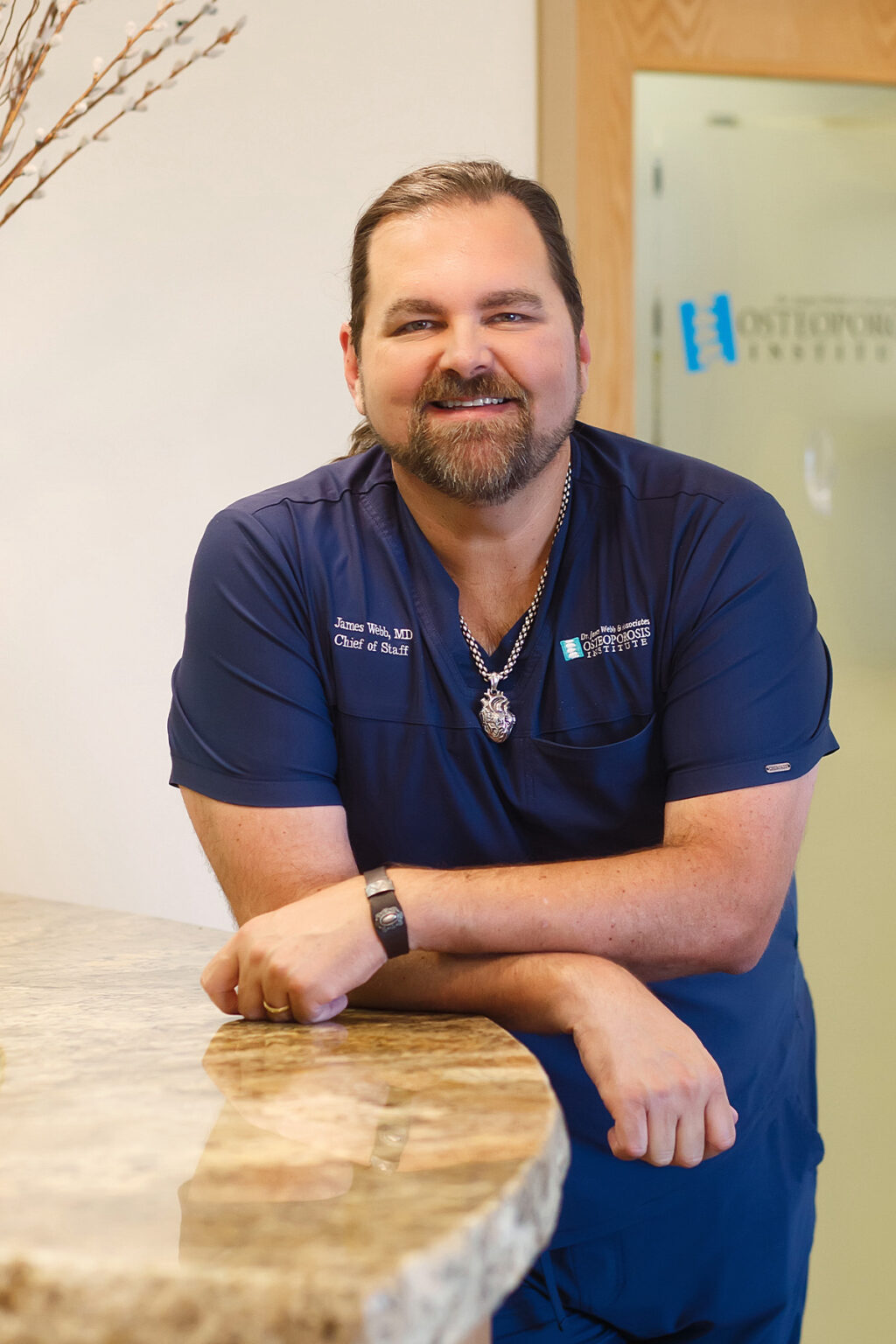 Dr. James Webb, M.D.
Dr. James Webb, M.D.
Dr. James Webb is a musculoskeletal radiologist who specializes in osteoporosis treatment and interventional pain management in Tulsa, Oklahoma.
Dr. Webb started his practice as a clinical radiologist to fill a gap for osteoporosis patients who suffered from vertebral compression fractures. As a fellow at the University of Oklahoma, he was trained to perform kyphoplasty, a safe and effective procedure to fix pain from symptomatic vertebral fractures.
After seeing a near perfect success rate in bone repair and pain reduction with this procedure, he quickly saw a problem. Patients would get their fractures fixed, but the underlying causes for osteoporosis were not being treated.
In 2006, Dr. Webb started what would be the first comprehensive clinic treating vertebral compression fractures and the underlying condition of osteoporosis that causes these fractures. Dr. James Webb & Associates is focused on pain intervention and supporting long-term bone health to reduce patients’ risk for getting fractures in the future.
Dr. James Webb is a Board Certified Radiologist as well as a Clinical Instructor at the OU College of Medicine.
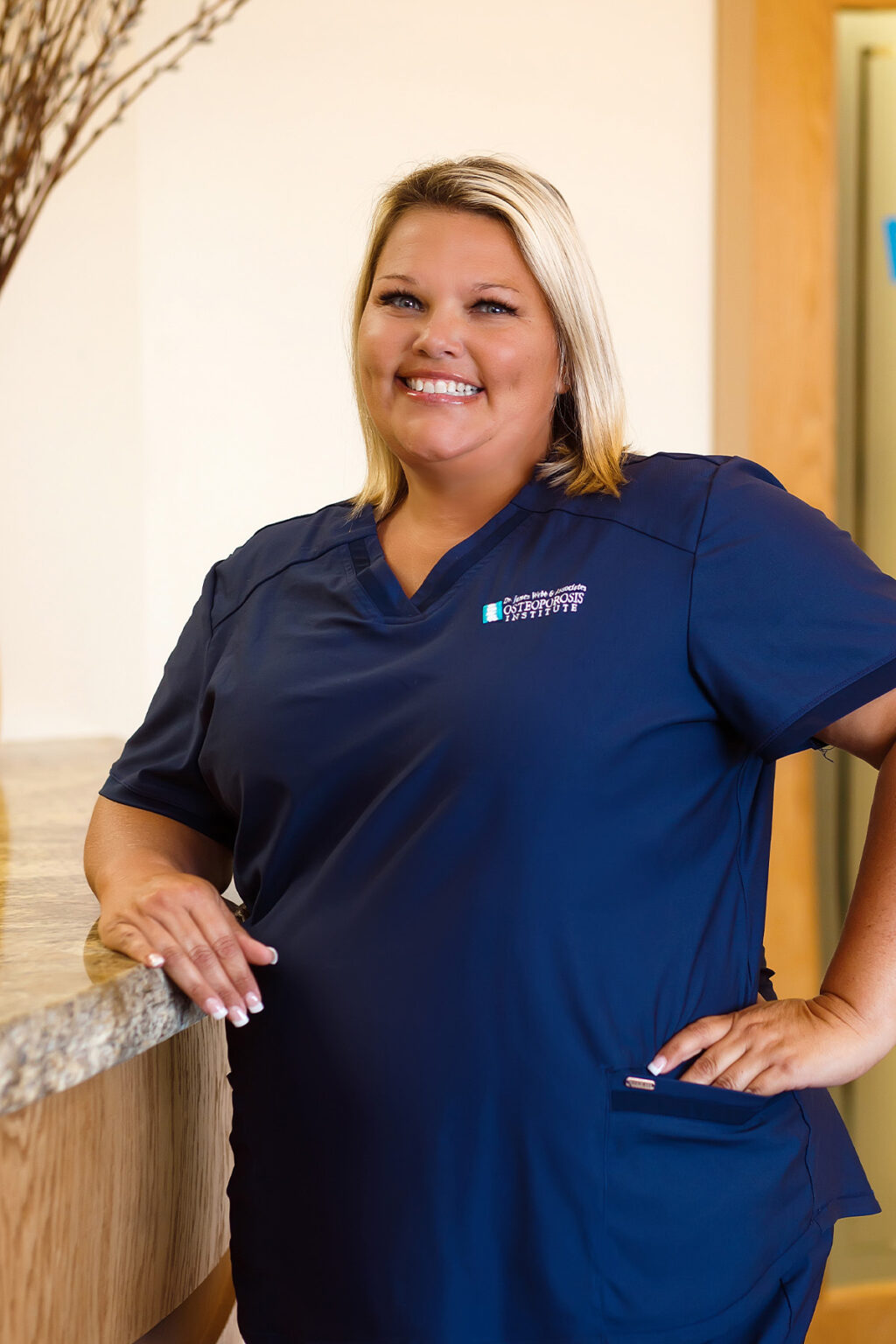
Reesa Johnston
Practice Manager & Billing Specialist
About Reesa
Reesa enjoys staying busy with her 3 children Mayce 15, Tanner 10 & Paisley 7. She has been with Dr. Webb since the beginning & enjoys all aspects that the office provides from patient care to insurance resolutions. Reesa enjoys spending time with her kids & beach time!
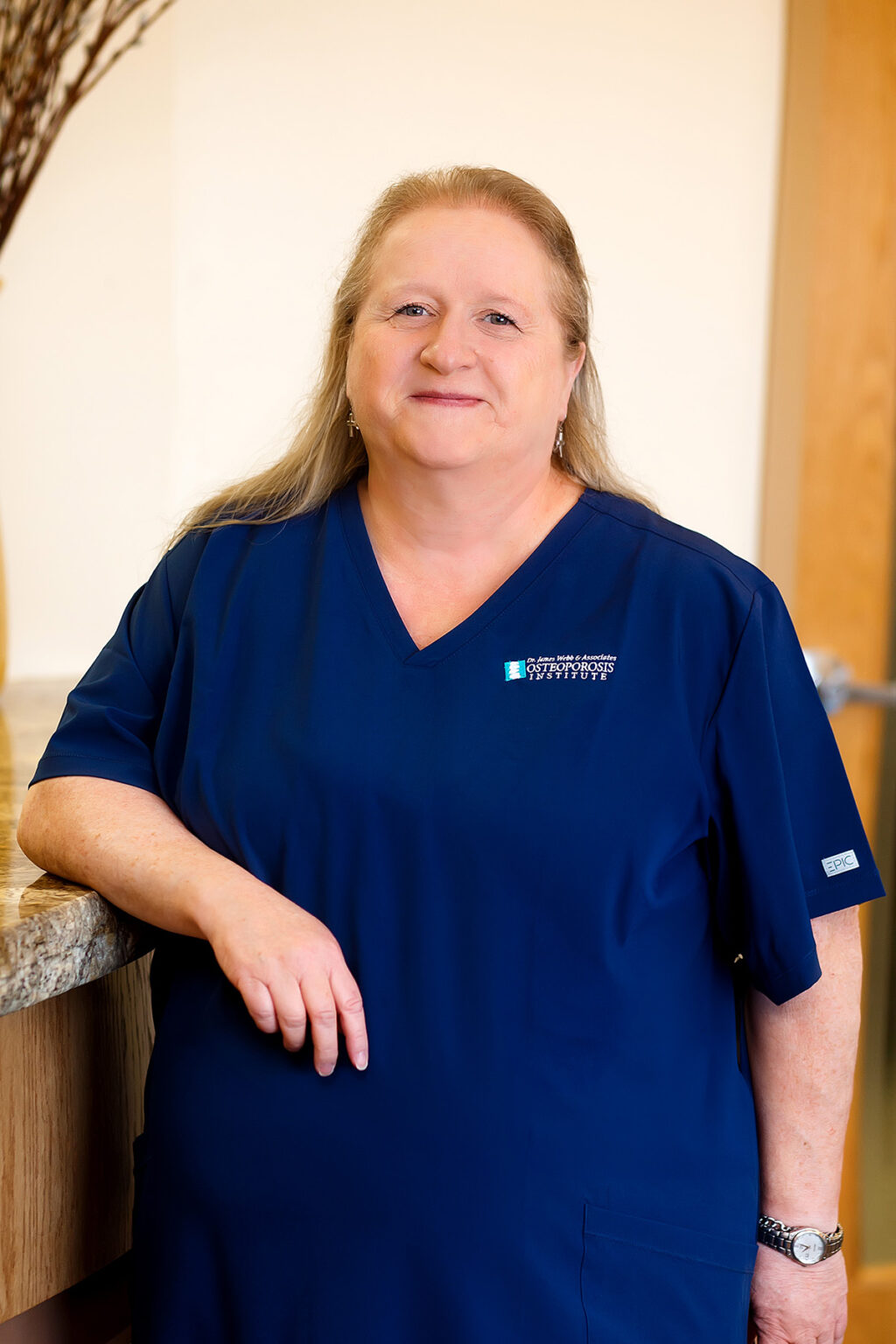
Nancy Murphy
Intake Coordinator
About Nancy
Nancy has been with Dr. Webb for 10 years and enjoys scheduling and working with the patients. She and her husband recently celebrated 39 years of marriage and have two children and three grandchildren. She enjoys spending time with her grandchildren, traveling, camping, quilting, reading and working in her Church.
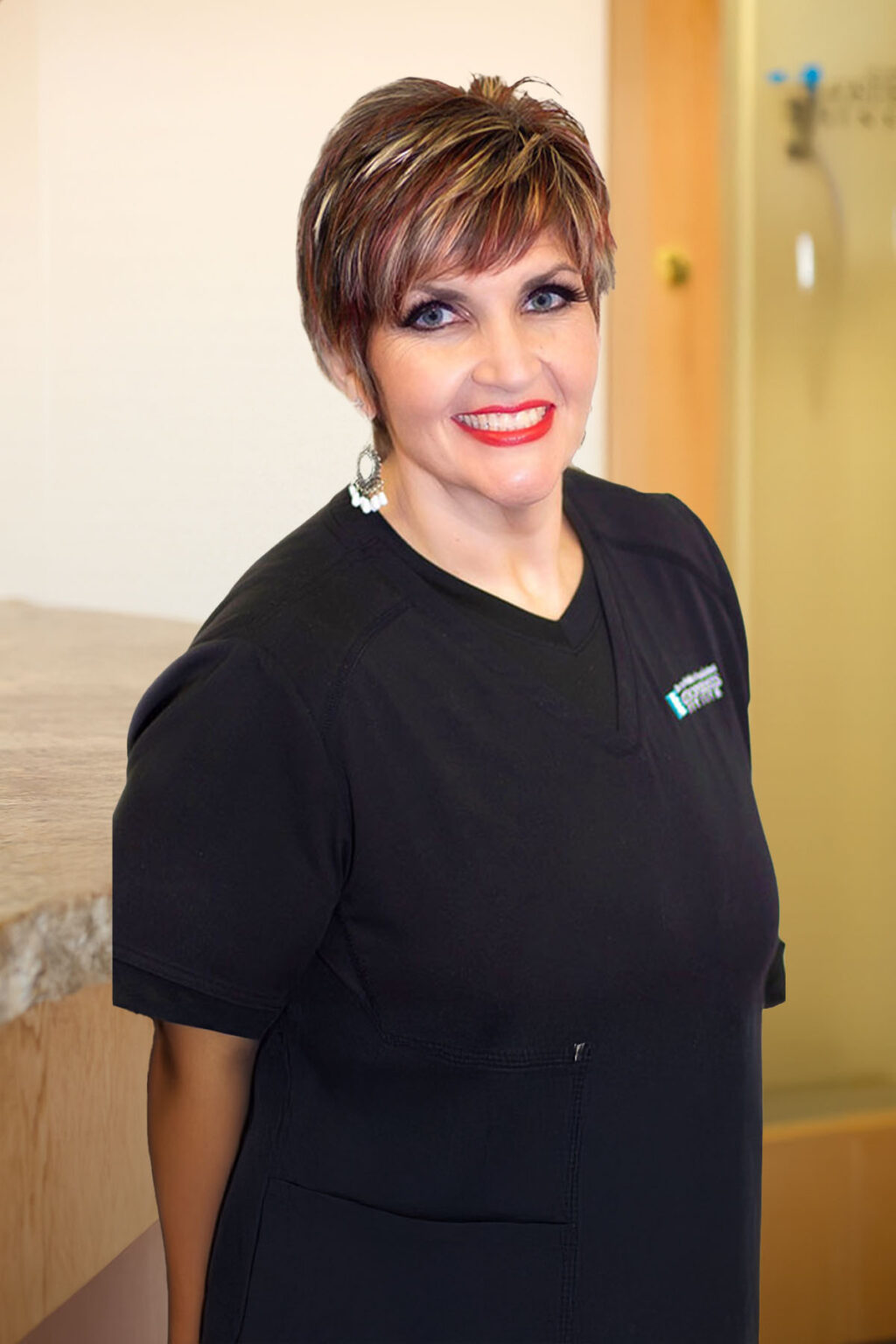
Melissa Woods
DXA Tech, Research Assistant & Study Coordinator
About Melissa
Melissa is happily married to Dory Woods and together they have 7 children. Hobbies include: raising her family on a small farm, gardening, cooking, & drawing. Education background includes a bachelors in Early Childhood education from NSU with 20 yrs experience in public education. She has worked for Dr. Webb part-time for six years and joined his team full-time in May of 2020 as DXA Tech, Research Assistant & Study Coordinator.
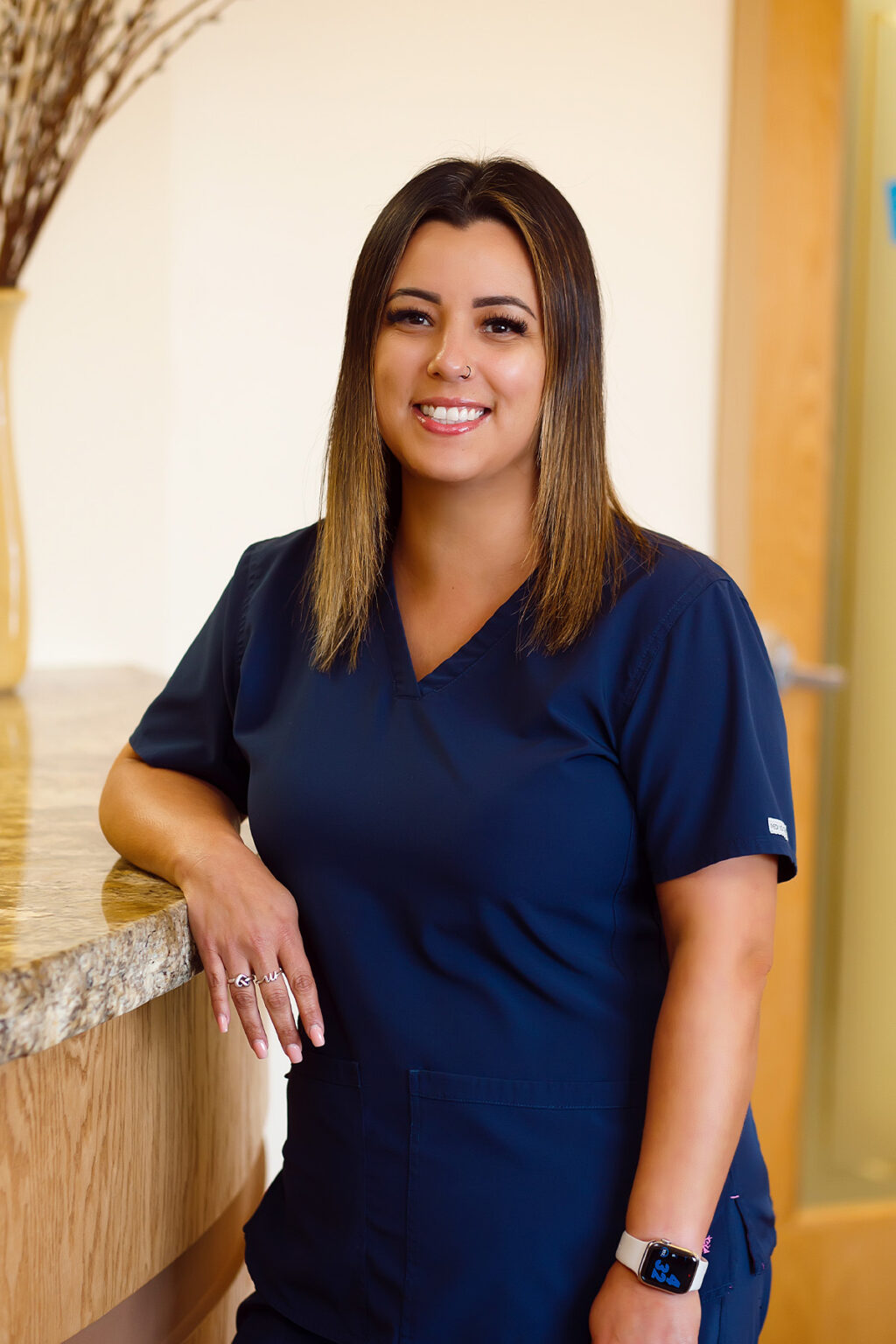
Melissa Ruiz
Procedure Tech & Scheduling & Bone Density Scans
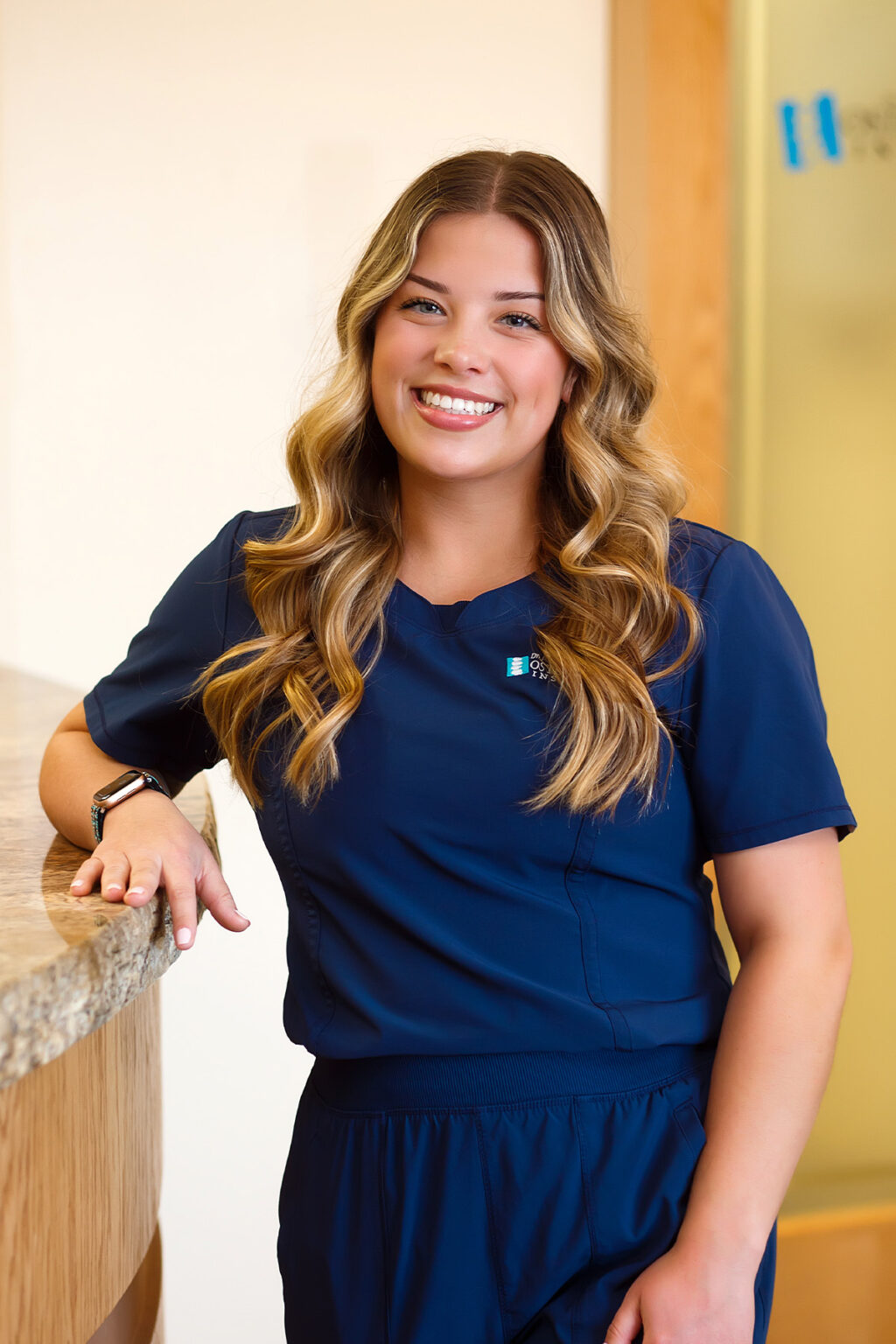
KD Jones
Front Receptionist & Phlebotomist
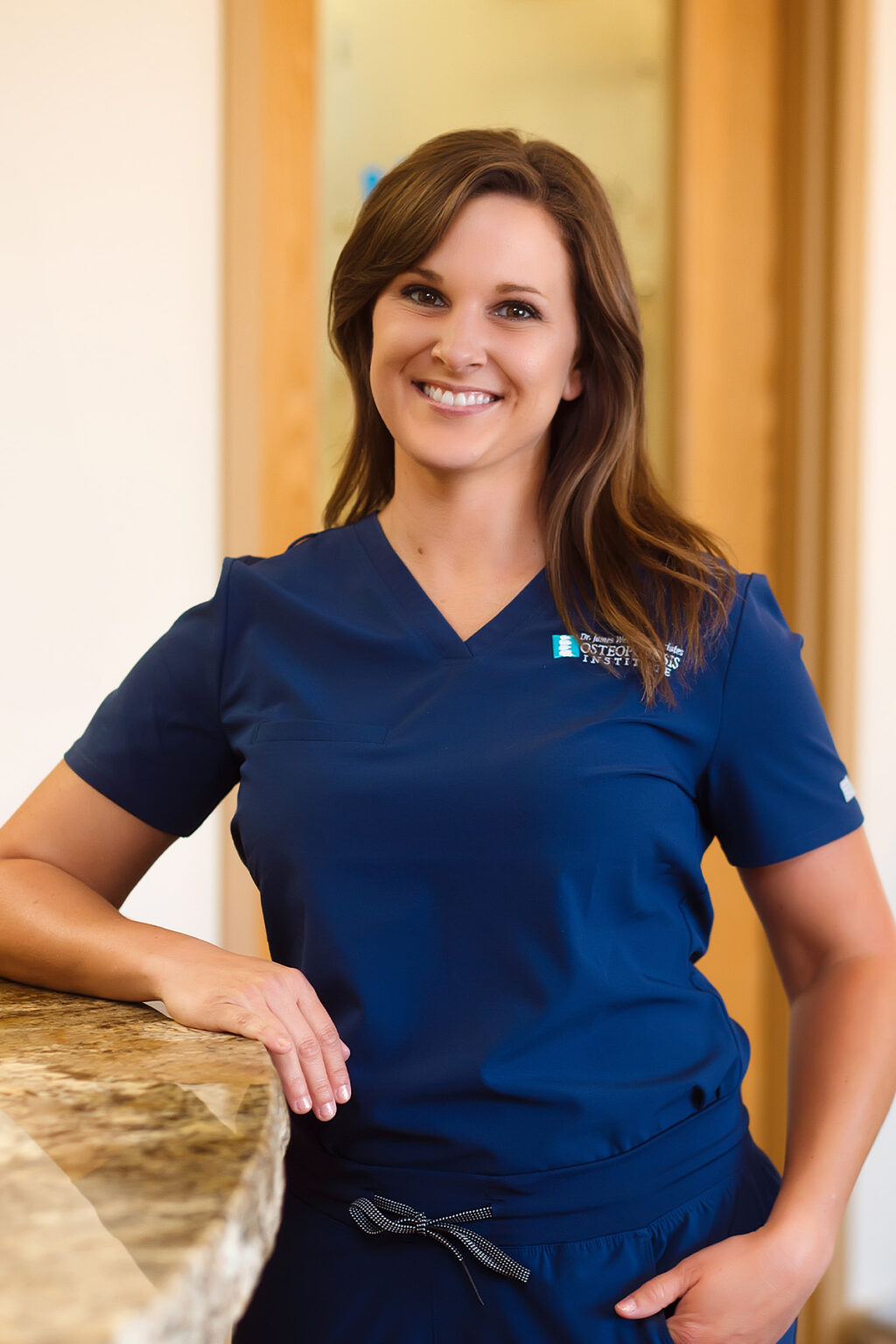
Tabitha Janet
Medical Assistant
Non-Surgical Pain Relief
Our Unique Approach
We do the best for our patients by following the basic principles that we were taught in medical school. Primarily, that the key to diagnosis is in the history and physical examination. The answer for the cause of a patient’s problem almost always lies in what the patient tells the doctor and what the doctor finds when the examine the patient’s body. By following these principles, we are often able to find the source of pain, even when others have not.
After that, we employ a systematic approach based on the scientific method, identifying and treating individual components of the patient’s pain. Most spine specialists focus on the intervertebral disc, presuming that a torn, bulging or herniated disc is the main source of the patient’s symptoms.
Too often, an MRI is treated as a perfect test. However, the accuracy of MRI–like any other test–is limited. While disk pathology is very common, just because a patient has a disk bulge or herniation, that doesn’t mean that’s what’s causing the pain. For example, in ‘normal’ patients with no back pain, studies have shown that about 50% will have a ‘significant abnormality’ on MRI.
When it comes to spinal fractures, MRI isn’t any better. About half of moderate and severe vertebral compression fractures are missed on radiology reports (Hurxthal, 1968). While we may think that radiologists would be the best doctors to pick these fractures up, a study in 2006 (Casez et al) showed that general internists actually recognized more fractures than radiologists after a short training program.
For the patients we see, the pain is usually caused by multiple problems that may include the facet joints, the vertebral bodies, posterior elements, sacroiliac joints, muscles and other soft tissues in addition to the disc. Since all of these structures are stacked in the spine like an accordion, they can all be affected when muscle spasm puts pressure on the back (a process known as “axial loading”). We don’t just treat the disc, we treat the patient after doing our best to determine the main source of the pain using our training and expertise.
We believe that treating a patient should start with arriving at an accurate diagnosis. Since spinal pain is complex, this isn’t always possible. However, by analyzing all the available data from the history, the exam, imaging studies and synthesizing it into a cohesive, logical explanation for the patient’s problem, we can start a process of elimination. Once a rational diagnosis is made, treatment can begin.
Many times, when a patient has back pain, the question is “does this patient need spine surgery?” What we try to do is get to the root cause of the patient’s pain and find out what is most likely wrong with them – not to focus whether or not they are a candidate for a particular procedure.
Back pain is a leading cause of disability. Back surgery takes months to recover from, leaves a huge scar and metal in your back. While there are many patients who need and benefit from a surgeon’s procedure, try to help patients avoid surgery when we can. That comes from years of helping patients with pain who still had pain after back surgery and those who couldn’t have surgery because of age or other medical problems.
References
Casez P et al. “Targeted education improves the very low recognition of vertebral fractures and osteoporosis management by general internists.” Osteoporos Int. 2006; 17(7):965-70.
Williams AL et al. Under-reporting of osteoporotic vertebral fractures on computed tomography. Eur J Radiol. 2009 Jan; 69(1):179-83.
Insurance Accepted
Medicare
Medicaid
Tricare
Aetna
United HealthCare
Humana
Coventry / First Health
UMR
Physicians Mutual
OUT OF NETWORK
Currently we are out of network with BCBS and Community Care. We will still file your claims, but cannot guarantee payment. Check your plan for out of network benefits.
REQUEST APPOINTMENT • NEW PATIENT PAPERWORK
Serving Northeast Oklahoma
Dr. James Webb & Associates serves patients from all over Northeast Oklahoma and beyond. Communities include: Bartlesville, Bixby, Broken Arrow, Coweta, Claremore, Collinsville, Glenpool, Grand Lake, Inola, Jenks, Owasso, Sand Springs, Sapulpa, Skiatook and everywhere in between.
